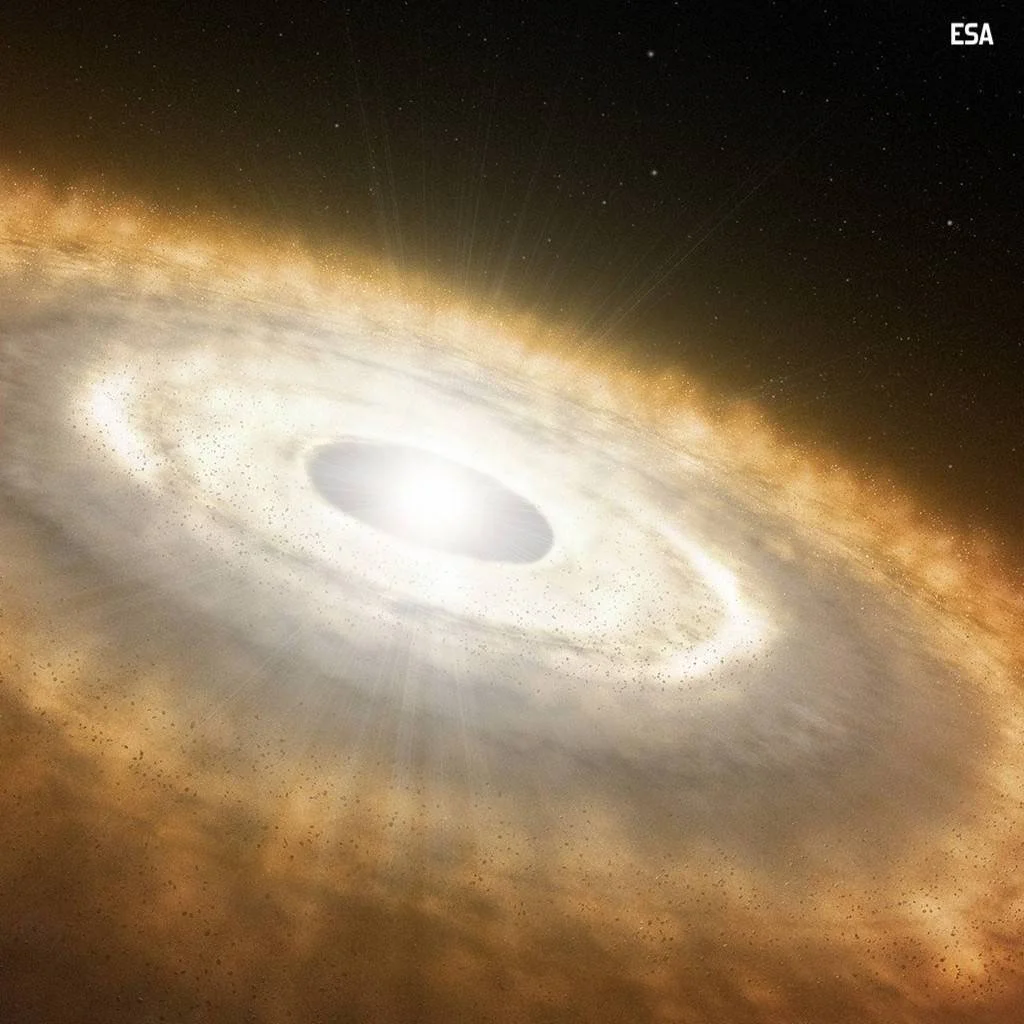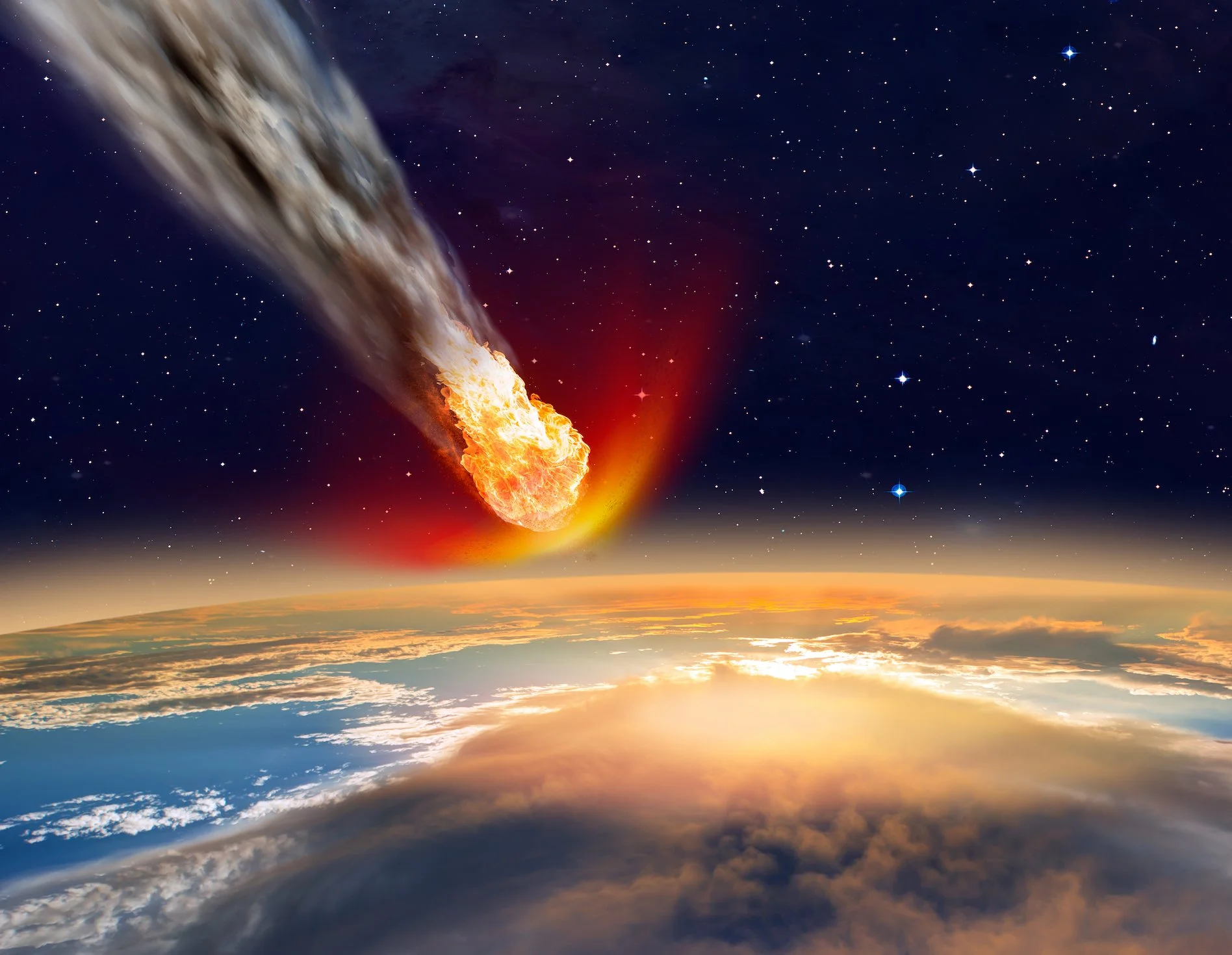
98: New Nova
You've heard of supernovae, the just stupidly big explosions that mark the end of some stars' lives. Maybe you know there are different kinds of supernovae — type 1a, type II ... Did you know that, smaller than a super nova, there's just a plain, vanilla nova? Or that, even bigger than super, there's hyper-novae? Well, hold onto your hats, because there's a new nova in town, and it's ... really quite small. On the nova scale, anyway. Emily gives all the goss on cute little micronovae. Plus, we school astronomers on the tricky subject of communicating large quantities of energy.

97: Biggest Comet Ever!
Astronomers have spotted the biggest comet ever! And it's heading for Earth! Except (a) it's not heading towards Earth — it's closest approach to us will be beyond Saturn's orbit — and (b) it's not technically the biggest. But it's still cool! Emily's here with loads of info about comets, big comets, things that are sort of comets, how many tails they have (hint: it's more than one), and heaps more besides.

96: Space Particles Probe Pyramids
A very different story this week: using high-energy particles, originating from violent supernovae and supermassive black holes, to scan the insides of the Great Pyramid of Cheops. Physicists are teaming up with Egyptologists to check some tantalising results from 2017 thaty suggest there just might be a previously unknown cavity — an open space — inside the Great Pyramid. Could it be a new, hidden room? A vault filled with ancient treasure? Or just somewhere they kept all the heating ducts and old pain cans? Plus, Syzygy is officially setting the agenda for astronomy research, and Emily unwraps some baby presents!

95: Baby Planets (& Moons!)
For the latest — and last? — baby-themed episode, we talk baby planets and how they're made. And sure, we've talked about this before in previous episodes, but this time Emily comes with brand new research that shows an actual protoplanet forming from the stellar disk. And even better, the possibility that we can even spot a proto*moon* forming around a protoplanet. Plus, for any astronomers looking for ideas, she's got her Top 5 list of unsolved planet questions.

94: A Star Is Born
We’ve done the baby universe, and baby galaxies, and the very first baby stars ... and *those* were a bit nasty, a bit grumpy. So this week, we're talking baby stars again, but in the modern era — stars being born now, as we speak. Mind you, just because they've got more than H and He to buiold with, doesn't mean they're any less temperamental. Emily takes use from the interstellar medium, through interstellar clouds and collapsing proto-stars, to the birth of a cute little pre-main-sequence star.

93: Baby Galaxies
This week, it's baby galaxies — the very, very ancient, and the surprisingly brand new. Emily looks back at the earliest things-we-might-consider-galaxies, and the competing models for how they formed. Then we take a peek into the beautiful M81 galaxy, which is, as we speak, sloughing off some of its stars and galaxy stuff, thanks to an ongoing fight with M82 next door. The fun part is, the extra stuff seems to be forming into a new galaxy — albeit one with a difficult future ahead ...

92: Baby First Stars
Continuing our theme of baby-related astronomy, Emily picks up the story from last episode — we'd just finished making the universe and watching its insane growth spurt, and then ... the first stars turned on! And wow, were those first stars weird. Even weirder, there might still be some of them about, 13 billon years later!

91: Baby Universe
We're back! Emily has some exciting news, and in regonition of this, we're starting a series of episodes on a theme — starting with the birth and infancy of the Universe! From the earliest physically-sensible moments, through the explosive growth spurt of Inflation, to the creation of forces, particles, nuclei and — eventuallly — atoms, we track the adorable and exciting early development of the cosmos.

90: Touching The Sun
While the James Webb Space Telescope waits patiently for its new scheduled liftoff on Christmas Eve, the Parker Solar Probe has been doing amazing things, whizzing through the outer edges of the Sun's corona for the very first time. Emily explains what we do — and staggeringly don't — know about our nearest star, and how Parker is going to help plug some of the more embarrassing gaps in our knowledge.

89: Diverting Dimorphos with DART
Every year, thousands of decent-sized chunks of rock hurtle past — and often into — the Earth. Of the ones that do hit, most burn up leaving a pretty trail. Occasionally, a bigger one explodes with a boom that shatters windows. More rarely, a big one wipes leaves a large smoking crater and widespread local destruction. Then there was that huge one that devestated the planet, wiping out the dinosaurs. Wouldn't want one of those again/ Fortunately, loads of astronomers are watching the skies to spot any asteroids getting too close for comfort. But what if they find one — what do we do about it? This month, a small spacecraft called DART began its mission to crash into a distant asteroid, to see if maybe we can shift it's orbit a little. It's a test, for sometime in the future, when we might need to do that for real, to save the planel.
